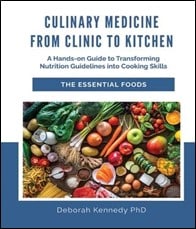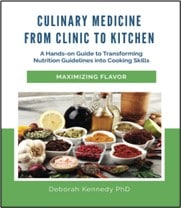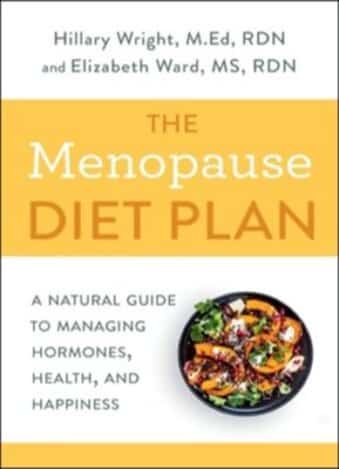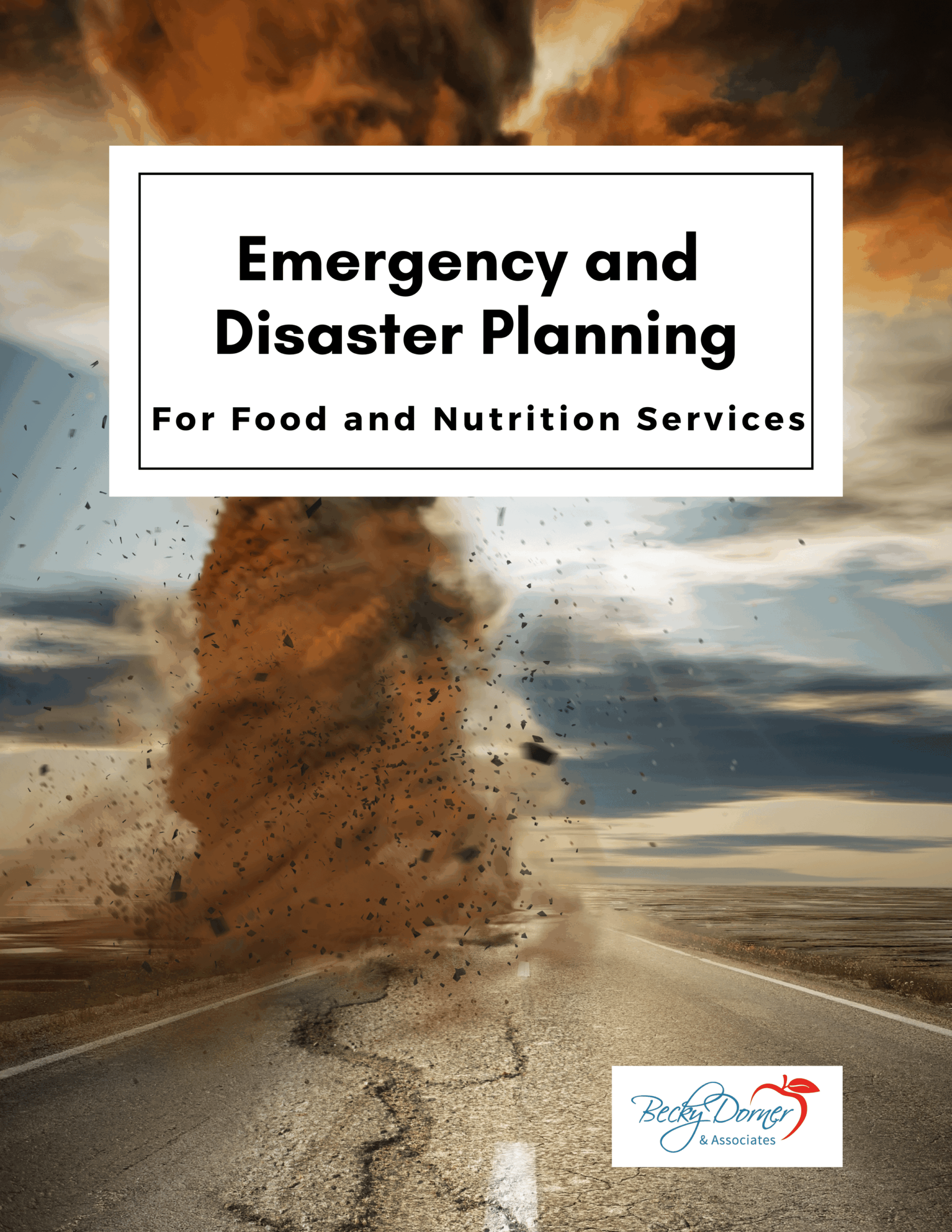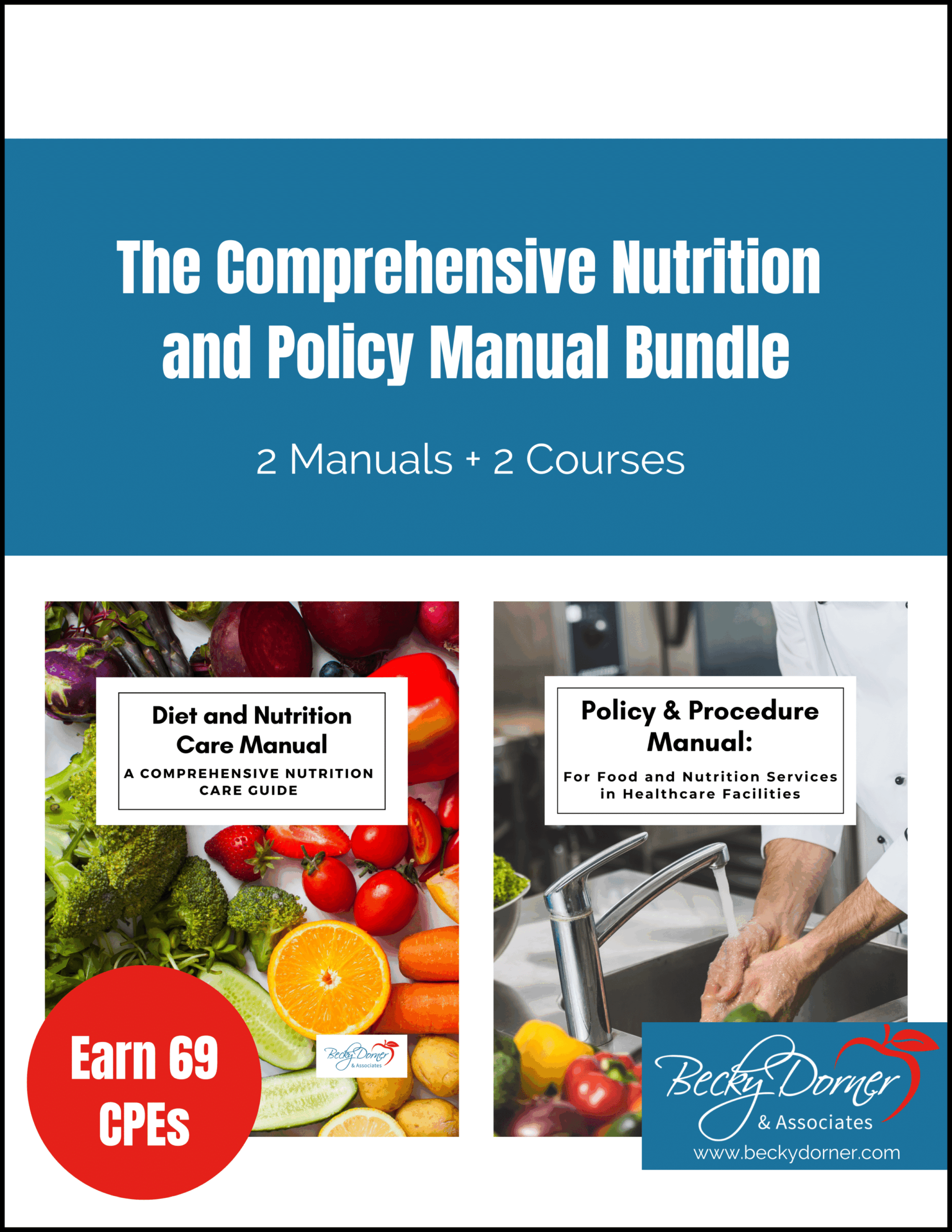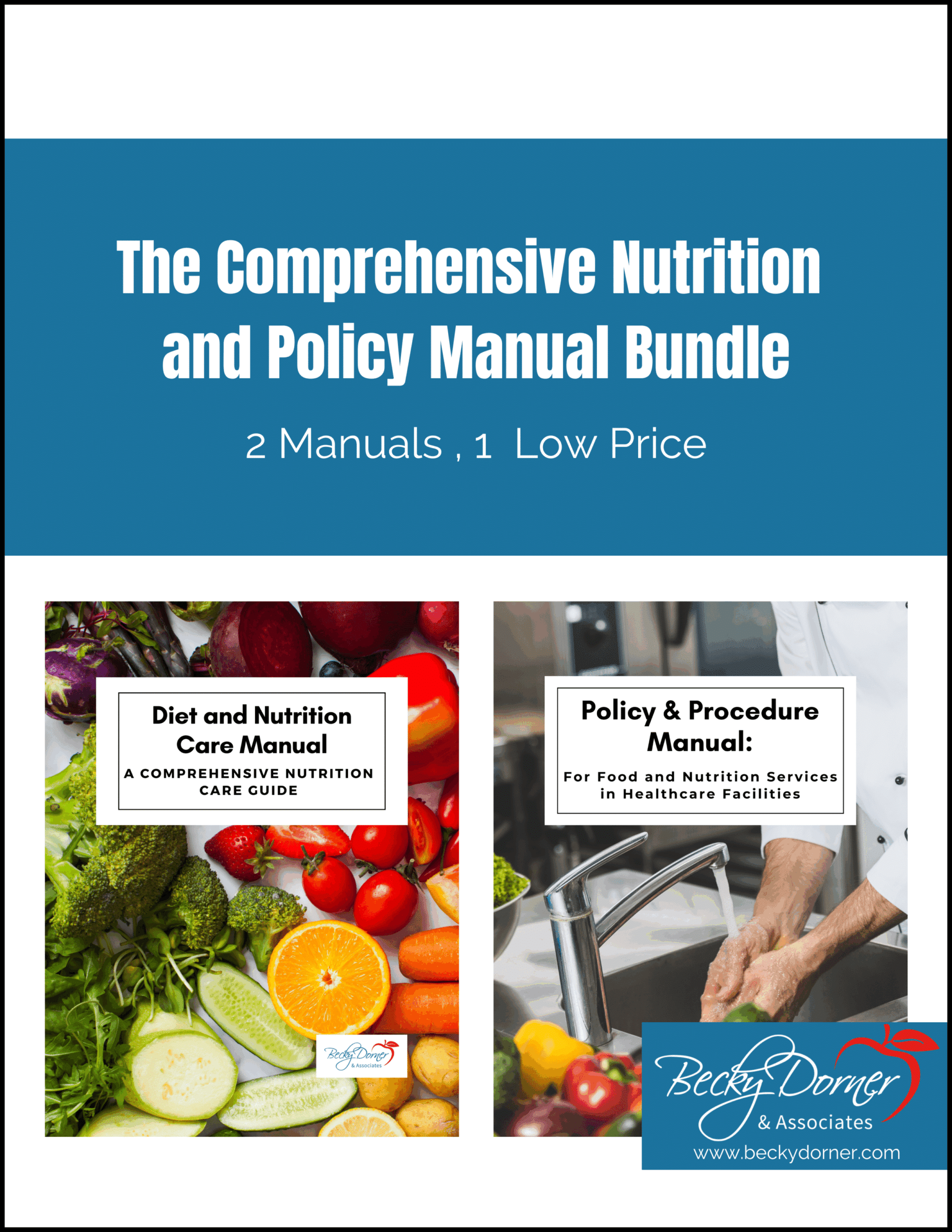
Mrs. Fernandez is a 66-year-old woman who has had several blood pressure readings between 128/90 and 135/95 mm Hg in the past few months. Her physician has sometimes taken the attitude of “watchful waiting” but now seems more concerned, and told Mrs. Fernandez that she may need to consider blood pressure lowering medications. Mrs. Fernandez’s BMI is 31 and she is not physically active, but she is otherwise healthy. She knows she should improve her diet and is motivated to make changes, so she decides to see a registered dietitian nutritionist (RDN) for advice.
Guideline for Prevention, Detection, Evaluation, and Management of High Blood Pressure in Adults
The 2017 Guideline for Prevention, Detection, Evaluation, and Management of High Blood Pressure in Adults is the most recent American Heart Association Guideline on high blood pressure available to clinicians. Unless and until new guidelines are made available, its content is pertinent. The Guideline outlines how to identify and treat high blood pressure. Blood pressure (BP) that was once considered to be “prehypertension” is now considered “elevated” or “stage 1 hypertension”, depending on the exact blood pressure reading.1,2 Following the information in the Guideline, more people meet the criteria for hypertension, thereby requiring lifestyle intervention and/or medication. The BP categories for adults are outlined in the table below.
| BP Category | SBP | DBP |
|---|---|---|
| Normal | 120 mm Hg and | <80 mm Hg |
| Elevated | 120-129 mm Hg and | <80 mm Hg |
| Hypertension | ||
| - Stage 1 - Stage 2 | 130-139 mm Hg or 140 mm Hg or | 80-89 mm Hg ≥ 90 mm Hg |
The Guideline is a lengthy document full of useful information to help clinicians. Important points that are of interest to RDNs and their patients include: 1
- An emphasis on accurate blood pressure measurement and recognition of “white coat” hypertension.
- Guidance for screening and management of other cardiovascular disease (CVD) risk factors in adults with hypertension, including smoking, diabetes, abnormal blood lipids, excessive weight, low fitness level, unhealthy diet, psychosocial stress, and sleep apnea. Use of a risk calculator is recommended.
- Recommendations for use of non-pharmacological interventions and expected reductions in systolic blood pressure (SBP). Suggested lifestyle interventions include weight loss for overweight or obese patients, a heart healthy diet, sodium restriction, increased potassium in the diet, limited alcohol intake, and increased physical activity with structured exercise programs.
- Recommendation to prescribe blood pressure lowering medications based not just on an individual’s blood pressure but rather on their overall atherosclerotic cardiovascular disease (ASCVD) risk.
- Guidelines for prescription of blood pressure lowering medications in patients with and without comorbidities.
- Discussion of blood pressure goals and treatment guidelines for older adults, with the following recommendations:
- Treatment for community dwelling adults 65 and older with a systolic BP of 130 mm Hg.
- A team-based approach (that considers a patient’s preferences) to assess the risk/benefit of treatment in adults 65 and older with multiple comorbidities and/or a limited life expectancy.
Buried deep in the Guideline is a brief discussion of hypertension and cognitive decline that indicates that in adults with hypertension, blood pressure lowering is reasonable to prevent cognitive decline and dementia.1 This recommendation is based on observational studies and certainly deserves watching as more information unfolds over time.
Advice for Mrs. Fernandez
Mrs. Fernandez’s BP requires treatment, with diet and lifestyle changes as an important first step. Weight loss could result in a decrease in her systolic blood pressure (SBP) by 1 mm Hg for every 1 kg lost.1,3 Adopting the Dietary Approaches to stop Hypertension (DASH) eating plan could result in a decrease of as much as 11 mm Hg, and adding regular aerobic physical activity could result in an additional 8 mm Hg decrease in SBP.1,3 Counseling by her RDN should focus on helping Mrs. Fernandez set and reach personalized goals for dietary changes and increasing her physical activity. With support and encouragement to meet her new lifestyle goals, Mrs. Fernandez may be able to prevent, postpone the need for, or minimize dosages of blood pressure lowering medications.
Resources
- The complete 2017 Guideline for the Prevention, Detection, Evaluation, and Management of High Blood Pressure in Adults
- Becky Dorner & Associates Diet and Nutrition Care Manual provides detailed information on diet patterns and physical activity to control blood pressure and reduce lifetime cardiovascular risk.
References
- Whelton PK, Carey RM, Aronow WS et al. 2017 ACC/AHA/AAPA/ABC/ACPM/AGS/APhA/ASH/ASPC/NMA/PCNA Guideline for the Prevention, Detection, Evaluation, and Management of High Blood Pressure in Adults: A report of the American College of Cardiology/American Heart Association Task Force on Clinical Practice Guidelines. JACC. 2018.71:19: e127-248. https://doi.org/10.1016/j.jacc.2017.11.006.
- Highlights from the 2017 Guideline for the Prevention, Detection, Evaluation, and Management of High Blood Pressure in Adults. American Heart Association web site. https://www.heart.org/-/media/files/health-topics/high-blood-pressure/hypertension-guideline-highlights-flyer.pdf. Accessed August 23, 2022.
- 2017 Guideline for the Prevention, Detection, Evaluation, and Management of High Blood Pressure in Adults. Guidelines Made Simple: A Collection of Tables and Figures. American College of Cardiology https://www.acc.org/~/media/Non-Clinical/Files-PDFs-Excel-MS-Word-etc/Guidelines/2017/Guidelines_Made_Simple_2017_HBP.pdf. Accessed August 23, 2022.
Originally published February 11, 2019. Revision August 30, 2022.

